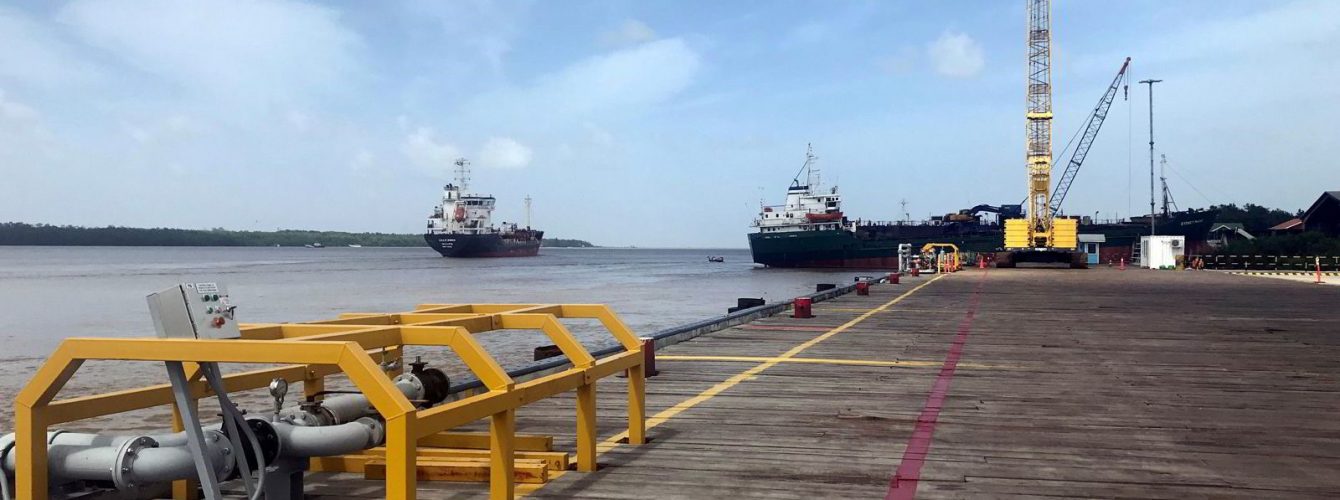Guyana has made progress in building up capacity for serving its offshore fields, but Suriname’s arrival on the scene could offer more scale
Guyana and Suriname face challenges building up local capacity for servicing new offshore industries and discussion is emerging about how the two countries might get better results by working more closely together.
In Guyana, a country starting its oil industry from scratch, Stabroek block consortium leader ExxonMobil worked with the Guyanese government to create the Centre For Local Business Development (CLBD) as the main forum for training and capacity-building.
Earlier this month, ExxonMobil said it will invest $100 million to help provide local jobs and increase the competitiveness of local businesses to “lay the foundation necessary for a thriving business environment and sustained economic growth”.
Such commitments have so far been voluntary, but public consultations have started on local content policy legislation.
Natural resources minister Vickram Bharrat tells Upstream that the administration is “disappointed” in what he describes as a “lack of progress” in ensuring that local skills and institutional capacity are developed.
It remains to be seen how stringent a policy Guyana will adopt, but there is no shortage of warnings about potential bottlenecks, spiralling costs and delays that an over-prescriptive approach can bring to an unready market.
Suriname’s track record in producing and refining oil means the country already has some local suppliers, but industry leaders know that the coming step-up in offshore development requires a strategy.
Rudolf Elias, chief executive of Suriname’s state oil company Staatsolie, urges a “structured” approach.
“Economic growth of 60% is not healthy and you can end up importing everyone and everything if you just throw open the market,” he says.
“On the other hand, we want to avoid the mistakes made in some countries where imposing legal requirements can overburden the market. We want things to be done in a structured way, and we hope to assist the government with this.”
Suriname started addressing the question six years ago by hiring DAI, a US-based international development consultancy, to carry a screening of topics ranging from education to business opportunities and logistics.
“Suriname is not starting from zero in terms of local content of the oil industry, and has some extremely good service companies working to the standards we expect,” says Staatsolie vice president for offshore Brian Glover.
“We are starting from a position of strength as we build up capacity for working offshore.”
New demand for logistics has seen a wave of investments in Guyana, led by the successful Guyana Shore Base development.
Suriname faces some hurdles to replicating that success.
“We know from the DAI study that the shore base is absolutely critical, but we have challenges with the limited draft of the main rivers in this part of the world,” says Elias.
“We don’t think a proliferation of small entrepreneurial organisations is going to drive the whole solution, although they can bring benefits to some smaller areas.”
It would be “smarter”, he says, for Guyana and Suriname to work together for greater overall benefits of scale. Guyana’s President Irfaan Ali has also spoken in favour of a binational energy corridor to maximise economies of scale.
“The same thinking can be applied to bringing associated gas onshore.” Elias says.
“Perhaps we could look at this holistically. One side takes the gas, the other takes the shore base, for example.
“It remains to be seen if getting gas onshore is feasible, but it is certainly a route to cheap energy and employment,” he adds. “The best way to achieve this would be working together with Guyana.”
—
Source: Upstream | This text was excerpted from the media outlet cited on February 24, 2021 and is provided to Noia members for information purposes only. Any opinion expressed therein is neither attributable to nor endorsed by Noia.






